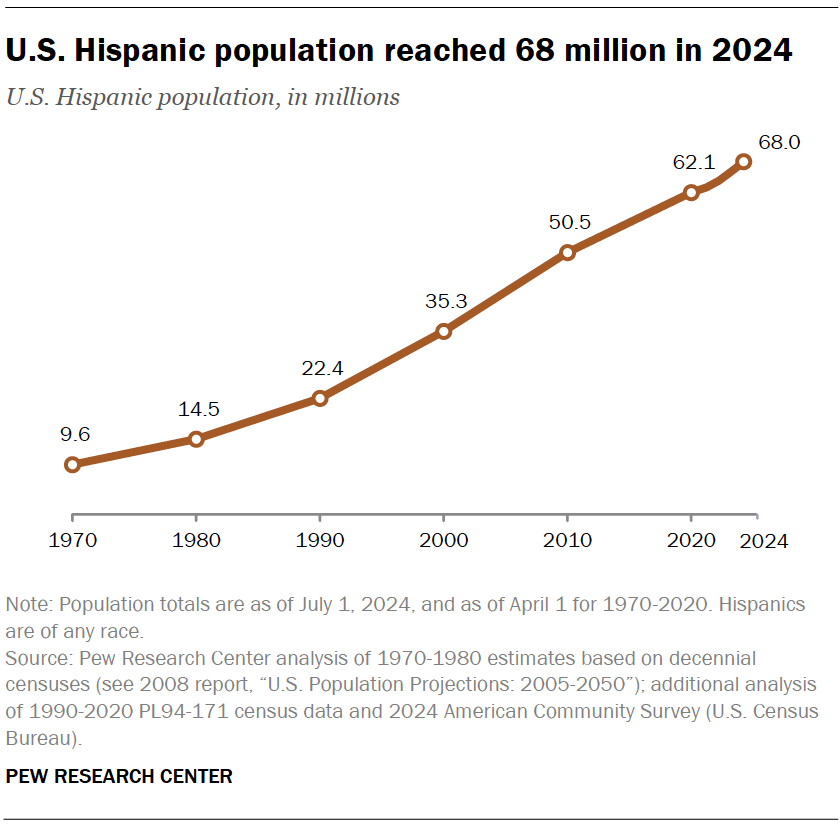Report on the Kentucky Reading Academies: Advancing Literacy and Sustainable Development Goals
Introduction
A recent third-party evaluation report indicates that the Kentucky Reading Academies, a professional learning initiative by the Kentucky Department of Education (KDE), have made significant strides in improving early literacy outcomes since its inception in 2022. The program, established following the passage of Senate Bill 9 (the Read to Succeed Act), provides no-cost, evidence-based professional development to K-5 educators and administrators. This report analyzes the program’s structure, evaluates its initial outcomes, and frames its achievements within the context of the United Nations Sustainable Development Goals (SDGs), particularly SDG 4 (Quality Education) and SDG 10 (Reduced Inequalities).
Program Objectives and SDG Alignment
The Kentucky Reading Academies are designed to enhance educator proficiency in the science of reading, thereby improving student literacy. The program utilizes the Language Essentials for Teachers of Reading and Spelling (LETRS) curriculum. Its core objectives directly support key targets within the Sustainable Development Goals framework.
Official Program Goals
- Increased teacher knowledge regarding how students learn to read and why some students struggle.
- Increased teacher capacity to incorporate instructional strategies aligned with the science of reading.
- Increased adoption of high-quality instructional resources (HQIRs) for reading and writing.
- Increased student progress toward grade-level proficiency based on universal screeners and diagnostic assessments.
- Increased student outcomes at Grade 3 on the Kentucky Summative Assessment (KSA) for reading.
Alignment with Sustainable Development Goals
- SDG 4: Quality Education: The program’s primary function is to improve the quality of literacy education (Target 4.1) by ensuring all learners acquire foundational skills (Target 4.6). It achieves this by increasing the supply of qualified teachers through specialized training (Target 4.c).
- SDG 10: Reduced Inequalities: By focusing on evidence-based strategies that support struggling readers, including students with special needs, the initiative works to reduce disparities in educational outcomes and promote inclusive learning environments (Target 10.2).
Evaluation Findings and Impact on SDGs
An independent evaluation conducted by ICF utilized a mixed-methods design, gathering data from over 1,700 participants through surveys, focus groups, and case studies. The findings from the second-year report demonstrate positive progress toward achieving program goals and advancing related SDGs.
Impact on Educator Knowledge and Practice (SDG 4.c)
The evaluation confirms a significant increase in educator knowledge and a shift in pedagogical beliefs toward evidence-based literacy instruction.
- Participants across all cohorts reported increased knowledge about student literacy and evidence-based instructional methods as they progressed through the LETRS training.
- Educators reported a greater alignment with the phonics-based approach to early literacy, moving away from less effective historical practices. This enhancement of teacher qualifications is a direct contribution to SDG Target 4.c.
Improvements in Student Literacy Outcomes (SDG 4.1)
The report provides preliminary but compelling evidence of improved student reading scores, a key indicator for SDG Target 4.1, which aims for effective learning outcomes.
- Data indicates that Grade 5 students taught by LETRS-trained teachers for consecutive years achieved significantly higher reading scores on the Kentucky Summative Assessment (KSA).
- A case study from an Eastern Kentucky school district showed a substantial decrease in the number of students requiring reading improvement plans (from approximately 90 to 50) following the implementation of LETRS strategies and HQIRs.
- Another case study in northern Kentucky documented improved KSA reading scores over a three-year period corresponding with teacher participation in the academies.
Addressing Educational Disparities (SDG 10.2)
The program has demonstrated a positive impact on vulnerable student populations, directly addressing the goal of reducing inequalities in education.
- The trend of higher reading scores persisted for special education students in grades 4 and 5 who were taught by LETRS-trained educators.
- By equipping teachers with strategies to help all students decode words and build fluency, the program ensures that learners with diverse needs are not left behind, fostering a more equitable educational system.
Conclusion and Future Outlook
The Kentucky Reading Academies have successfully established a foundation for transformative change in statewide literacy instruction. The program shows sustained evidence of achieving its primary goals of enhancing teacher knowledge and improving student outcomes. These achievements are directly aligned with the global objectives of SDG 4 (Quality Education) and SDG 10 (Reduced Inequalities).
As more educators complete the two-year LETRS training and fully implement structured literacy approaches alongside high-quality instructional resources, student literacy growth is expected to continue its upward trajectory. The program serves as a model for how targeted investment in teacher professional development can yield measurable improvements in student learning and contribute to a more equitable and effective education system for all.
Analysis of Sustainable Development Goals in the Article
1. Which SDGs are addressed or connected to the issues highlighted in the article?
-
SDG 4: Quality Education
The entire article is centered on improving the quality of education in Kentucky. It details the “Kentucky Reading Academies,” a professional learning program designed to enhance literacy instruction and improve student reading outcomes. The program’s goals, such as increasing teacher knowledge, adopting high-quality instructional resources, and boosting student proficiency in reading, are all core components of ensuring inclusive and equitable quality education, which is the essence of SDG 4.
2. What specific targets under those SDGs can be identified based on the article’s content?
-
Target 4.1: By 2030, ensure that all girls and boys complete free, equitable and quality primary and secondary education leading to relevant and effective learning outcomes.
The article directly addresses this target by focusing on improving the quality of primary education (K-5) to achieve better learning outcomes. The program’s goal to achieve “Increased student progress toward grade-level proficiency” and “Increased student outcomes at Grade 3 on the Kentucky Summative Assessment (KSA) for reading” is a clear effort to ensure students receive an effective primary education.
-
Target 4.6: By 2030, ensure that all youth and a substantial proportion of adults, both men and women, achieve literacy and numeracy.
The initiative’s primary focus is on literacy. The “Kentucky Reading Academies” and the “Read to Succeed Act” are explicitly designed to “transform literacy instruction across the state.” The article highlights the program’s success in advancing “literacy outcomes for early learners,” which is fundamental to achieving the goal of universal literacy as outlined in Target 4.6.
-
Target 4.c: By 2030, substantially increase the supply of qualified teachers, including through international cooperation for teacher training in developing countries, especially least developed countries and small island developing States.
While the context is not a developing country, the principle of this target—improving teacher qualifications through training—is central to the article. The program provides “no-cost professional learning opportunity to both K-5 educators and administrators” through Lexia’s LETRS training. The goals of “Increased teacher knowledge” and “Increased teacher capacity to incorporate instructional strategies” directly align with the objective of increasing the supply of highly qualified and effective teachers.
3. Are there any indicators mentioned or implied in the article that can be used to measure progress towards the identified targets?
-
Student Reading Scores and Assessment Results:
The article explicitly mentions several metrics used to measure student learning outcomes. These include “increases in student reading scores,” performance on the “Kentucky Summative Assessment (KSA) for reading,” and results from “district-wide literacy assessments” like the “i-Ready assessment.” The report notes that “Grade 5 students taught by LETRS-trained teachers over consecutive years had significantly higher reading scores.” These are direct indicators of progress toward Targets 4.1 and 4.6.
-
Reduction in Students Needing Remedial Support:
The article states that “the number of students across the district who had reading improvement plans decreased substantially, from approximately 90 to 50.” This reduction serves as a clear indicator of improved educational quality and effectiveness, showing that fewer students are falling behind in literacy skills.
-
Measures of Educator Knowledge and Instructional Practice:
The evaluation of the program measured its impact on teachers. The article notes that educators “reported increased knowledge about student literacy and evidence-based literacy instruction.” The program’s goals include “Increased teacher knowledge” and “Increased teacher capacity.” These serve as indicators for Target 4.c, as they measure the effectiveness of the professional development in creating more qualified teachers.
4. SDGs, Targets, and Indicators Table
| SDGs | Targets | Indicators |
|---|---|---|
| SDG 4: Quality Education | 4.1 Ensure all children complete quality primary education with effective learning outcomes. |
|
| SDG 4: Quality Education | 4.6 Ensure all youth achieve literacy and numeracy. |
|
| SDG 4: Quality Education | 4.c Substantially increase the supply of qualified teachers. |
|
Source: kentuckyteacher.org







